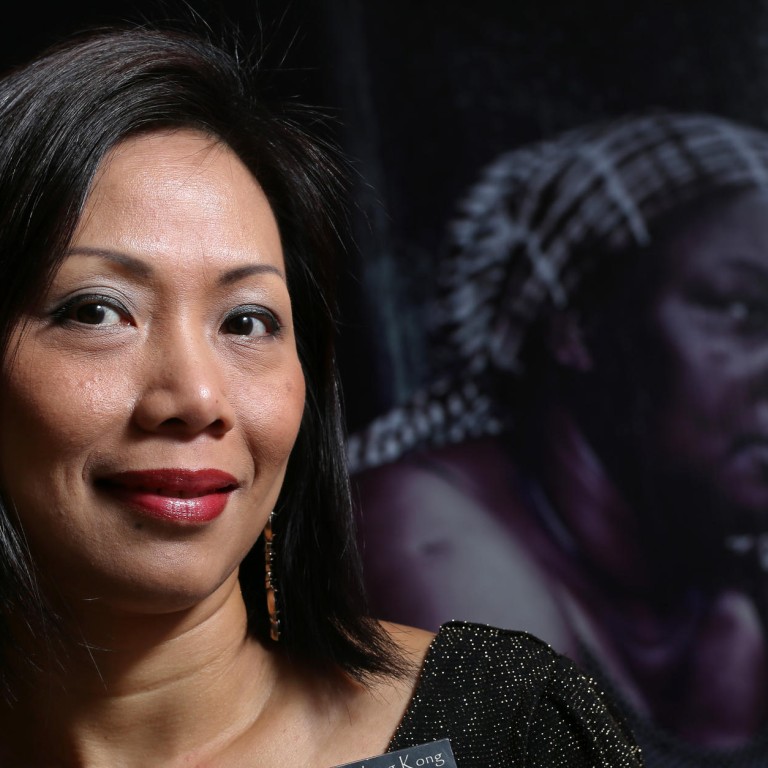
A trip down memory lane for refugee
Dai Le joined thousands of other Vietnamese in the city's camps 34 years ago, when she was 10, before her family began a new life in Australia
For Dai Le, the most unforgettable memory of living in Hong Kong was scrubbing out wooden toilets in a refugee camp.
The Vietnamese-born Australian, who is now a member of Fairfield City Council in Sydney, returned on Tuesday last week, exactly 34 years after she left the city to resettle Down Under.
Le was invited by Christian Action, which was helping Vietnamese boatpeople at that time, to speak at a fundraising dinner last Wednesday.
Le told the that she would "never forget" the days she took turns with other children to clean the wooden toilets that the former colonial government brought to the refugee camps.
"If you asked me, as an adult, to go in and clean the toilet, I would not go there. I would not touch it," Le, who is a former Australian Broadcasting Corporation journalist, said.
She could just remember a dockyard at Canton Road and the camp in Sham Shui Po from which Australia accepted her as a refugee on December 3, 1979.
In 1978, when she was 10 years old, Le, together with her mother and two younger sisters, boarded a small boat with 35 other Vietnamese refugees and left the Philippines. The family had fled there when Saigon fell in April 1975, and this was their second treacherous journey in search of a safe haven. After 10 days, her boat was picked up by a Hong Kong patrol vessel and the family was taken to a refugee camp.
"I thought I finally could have a can of Coke and an apple," Le said. "When the boat pulled us in, I looked out: there were hundreds of refugee boats."
The influx of Vietnamese boatpeople started in May 1975 with the first shipload arriving on board the S.S. Clara Maersk, and it carried on until the 1990s. At its height, in mid-1979, refugees were arriving at the rate of 1,000 per day. Between 1975 and 2000, an estimated 200,000 Vietnamese boatpeople entered the city.
After her arrival, Le was moved around Hong Kong about every three months, until at last she came to the Sham Shui Po camp, one of nine camps or detention centres scattered across the city. The refugees were monitored by Hong Kong Correctional Service Department staff, while their claims to refugee status were examined and processed by the United Nations High Commission for Refugees.
In 1979, Le and her family were accepted by Australia.
Speaking of how the refugee experience had shaped her life, Le said: "Any hard thing that you experience in life makes you a stronger person. I see life as a glass half full, not a glass half empty."
During Hong Kong's 25-year boatpeople saga, about 143,000 refugees were resettled in other countries while almost 70,000 were repatriated. Some were forced to stay in the city because they had no family connections overseas, or had criminal records and drug addiction problems.
In 2000, the government announced a local resettlement scheme to allow some 1,400 Vietnamese refugees and eligible Vietnamese migrants to apply for settlement in Hong Kong.
Vu Thanh Huong, who has dedicated her life to helping drug addicts, was one of those who stayed in the city because of a heroin problem. She was taken to a local church for rehabilitation.
"Once I regretted I had taken drugs, because it caused me to lose the opportunity to go elsewhere like some of my friends," the mother of four said. "But now I no longer have such feelings because I have my own family and my own life in Hong Kong."
